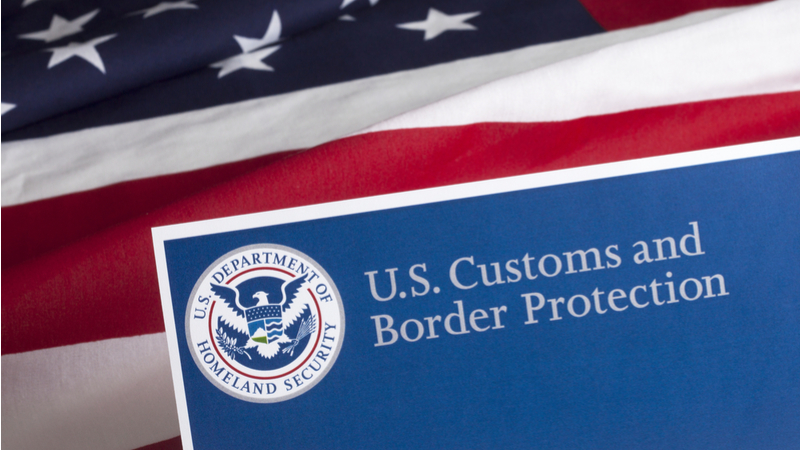
A top official at the U.S. Customs and Border Protection (CBP) said today that the agency is taking a “slow and steady” approach when it comes to adopting generative artificial intelligence (GenAI) for everyday use.
The CBP’s Chief Data Officer (CDO) Michelle Zebrowski said that the agency has been working with AI and machine learning for nearly a decade, but that GenAI is a newer tool it must be wary of.
“GenAI is a powerful tool, right? We know that if we properly use it, we will be more effective and more efficient in what we do every day, but there are limitations,” Zebrowski said during an ACT-IAC webinar on July 9. “We don’t have any of our GenAI models out of production yet because we need to make sure that we’re doing everything that we need to do to ensure that we’re doing this safely and securely.”
“We are slow and steady with this technology,” she added.
Zebrowski highlighted that CBP is currently looking at a large language model (LLM) chatbot proof of concept to help officers in the field sort through policy documents.
“We’re looking at the trove of policy documents that our officers have to search through when they’re citing specific seizures or apprehensions,” she explained. “The model will be able to retrieve crucial information from the documents that are out there, summarize that information for the officer, and then provide clear and concise responses so that they are able to document going forward if needed in a court of law.”
Zebrowski said the AI use case CBP is most focused on is how it “can save the most time for our officers. They want to be out there doing their job, they don’t want to be searching through documents.”
The CDO also specifically mentioned facial recognition technology, noting that CBP hasn’t implemented any of the “advanced” facial recognition technologies – such as identifying one person in a crowd of people – but it has been looking at different vendors out in the market that do have products that can do this.
“We’re certainly looking for the future, because we know that this is going to be an important space that we want to make sure that we’re in,” Zebrowski said.
Currently, CBP only uses facial recognition technology that is focused on “one person,” like the screening technology the Transportation Security Administration has deployed at airports across the nation.
The Department of Homeland Security (DHS) – CPB’s parent agency – has aimed to be a leader in AI adoption for the Federal government.
DHS published its first-ever AI Roadmap in March, highlighting three GenAI pilot projects at its Homeland Security Investigations, U.S. Citizenship and Immigration Services, and Federal Emergency Management Agency components.
Chakris Raungtriphop, the director of AI governance and engineering at DHS, highlighted during the ACT-IAC webinar today that if these pilots are successful, DHS will “push them forward.”
“If these pilots prove to be advantageous, and then are successful … we’ll apply them in additional areas and continue to explore new opportunities to leverage AI across DHS,” he said.
